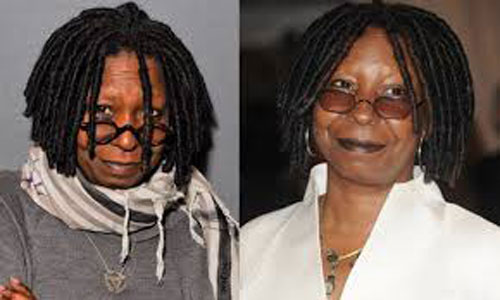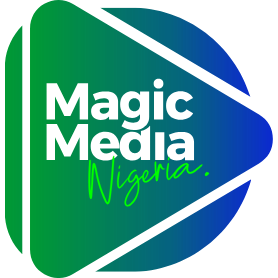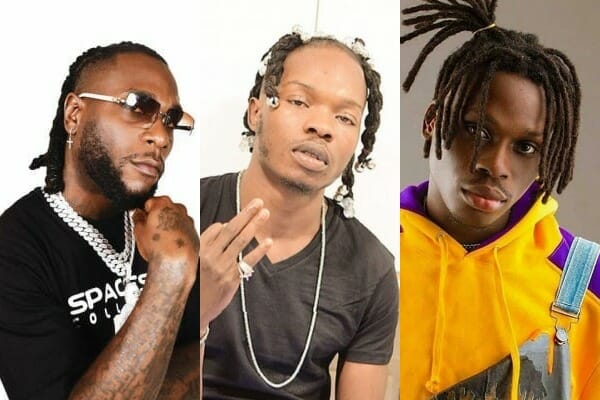Dreadlocks, once regarded with suspicion, superstition, and stigma in Nigeria, have undergone a remarkable transformation.
Today, they are embraced by fashionistas, creatives, spiritualists, and cultural revivalists alike. But the journey of dreadlocks in Nigeria is as tangled and fascinating as the coils themselves. This is a deep dive into how a hairstyle transitioned from taboo to trendy, from ritual to runway.
The Origins: Dreadlocks in Traditional Nigerian Culture
Long before the influence of Rastafarianism or hip-hop culture, dreadlocks existed within various Nigerian ethnic groups, often shrouded in mystery and sacredness. Among the Yoruba people, dreadlocks are closely linked with children known as “Dada.“
Who are the Dada Children?
These are children born with naturally matted hair—a spiritual phenomenon in many Nigerian traditions. Dada children are believed to possess divine gifts or connections to the spirit world. Their hair must not be combed or cut unless specific rituals are performed. To tamper with the hair of a Dada child without following traditional rites is to invite misfortune, according to local beliefs.
Among the Igbo and Edo peoples, similar beliefs existed, albeit with different names and interpretations. Dreadlocks in these contexts were markers of spiritual authority, healing powers, or ancestral connections.
Rituals and Respect
Locs were preserved as sacred and treated with deep reverence. In some cases, they were maintained with herbal washes and oils. Spiritual leaders, herbalists, and oracles also wore dreadlocks as part of their identity. This was not about fashion; it was about function and faith.
Colonial Disruption and Cultural Shift
With the advent of colonialism and Christian missionary efforts, many indigenous practices, including dreadlocks, were vilified. Western ideals of grooming and hygiene were imposed, and traditional hairstyles were often equated with savagery or backwardness.
Missionaries and the Clean-Cut Ideal
To the colonizers, uncombed hair was a sign of chaos, not spirituality. They promoted short, neat hairstyles, especially among converts. Schools and churches discouraged dreadlocks, associating them with heathenism or even madness. In fact, in urban settings, anyone wearing dreadlocks was likely to be considered mentally unstable or possessed.
This period marked the decline of public acceptance of dreadlocks in Nigeria. Parents shaved their children’s heads, even if they were born as Dada, to escape ridicule or discrimination.
Rastafarian Influence: Rebirth of the Locs
The global wave of Rastafarianism in the 1970s and 80s found its way to Nigeria through reggae music, particularly the works of Bob Marley. With it came a new narrative: dreadlocks as a symbol of resistance, spirituality, and African pride.
Marley’s Message
For many Nigerian youths, Bob Marley’s image—complete with dreadlocks—was revolutionary. It contradicted colonial grooming norms and offered a new lens through which to view African identity. Dreadlocks became associated with the fight against oppression and the reclaiming of African roots.
However, this newfound admiration was selective. While Rastafarian dreadlocks gained appeal in artistic and fringe circles, mainstream Nigerian society remained skeptical. Rastas were often stereotyped as weed smokers or societal dropouts.
From Margin to Mainstream: The Fashion Revolution
The early 2000s marked a turning point. Globalization, Nollywood, Afrobeats, and social media began to influence beauty and fashion trends. Dreadlocks were no longer confined to Dada children or Rasta followers—they entered the beauty salons, red carpets, and corporate corridors.
Faux Locs and Celebrity Endorsements
Fashion-savvy Nigerians began experimenting with faux locs—extensions twisted to look like real dreadlocks. These offered a less permanent but equally striking way to wear the style. Celebrities like Asa, Burna Boy, Olamide, and Naira Marley further popularized the look.
Asa, the soulful singer, brought locs into the limelight with her ethereal presence. Burna Boy, known for his Pan-African rhetoric, wore locs as a cultural badge. Even female artists and influencers adopted various loc styles, from Sisterlocks to Bantu-inspired twists.

Instagram, TikTok, and Hair Salons
The rise of social media enabled the visual explosion of dreadlocks. Hair influencers shared maintenance tips, styling tutorials, and product reviews. Urban salons in Lagos, Abuja, and Port Harcourt began offering loc installations and treatments.
Young professionals started showing up at work with stylishly groomed dreadlocks, challenging corporate grooming codes.
Beyond Aesthetics: Identity, Politics, and Pride
Dreadlocks in Nigeria today are more than just a fashion statement—they are a cultural, political, and personal expression. For some, they represent a return to roots, while for others, they represent a form of rebellion against Westernized standards.
The Natural Hair Movement
As part of the broader natural hair movement, dreadlocks represent a refusal to conform to Eurocentric beauty norms. Wearing locs is a declaration that African textures are beautiful and versatile.
Cultural Activism
Afrocentric scholars, activists, and public figures have embraced dreadlocks to assert African identity. In protests, cultural events, and academic circles, locs have become a visual symbol of resistance, knowledge, and pride.
Religious and Spiritual Revivals
Some Nigerians are returning to indigenous religions like Ifa and Ogboni, adopting dreadlocks as part of their spiritual journey. These locs are not always styled or adorned—they remain close to their natural form, symbolizing purity and devotion.
Struggles and Stereotypes: The Remaining Challenges
Despite growing popularity, dreadlocks still face bias in conservative circles. Some workplaces, especially in banking or civil service, enforce grooming codes that exclude locs. There have been cases where individuals were asked to cut their hair to secure employment.
Religious Misinterpretation
In some religious circles, especially conservative Christian or Muslim communities, dreadlocks are still associated with rebellion, cultism, or drug use.
Police Harassment
Unfortunately, young Nigerians with dreadlocks, especially males, have faced profiling and harassment by security forces who associate locs with internet fraud or criminal activity.
The Future of Locs in Nigeria: A Hopeful Outlook
Despite the challenges, the momentum is clearly in favor of broader acceptance. Schools and workplaces are slowly adjusting their policies. Conversations around inclusion and natural hair rights are growing.
Education and Advocacy
Advocacy groups are pushing for legal protections against hair discrimination. Seminars and workshops on natural hair care are common in major cities. There’s a rise in hair care products made specifically for dreadlocks—shampoos, conditioners, waxes, and oils.
Children and Confidence
More parents are allowing their children to wear their natural hair, including dreadlocks, without fear. Cultural festivals now feature dreadlocked kids proudly representing ethnic traditions once shamed.
Unraveling the Narrative
The story of dreadlocks in Nigeria is the story of a nation rediscovering itself. What was once a source of fear and ridicule is now a symbol of style, strength, and spirituality. As more Nigerians embrace the beauty of their roots—literally and figuratively—the loc continues to grow, twist, and turn into the fabric of contemporary culture.
From sacred shrines to Instagram feeds, from the whispers of elders to the applause of fashion runways, dreadlocks in Nigeria have proven resilient, relevant, and revolutionary. And their journey is far from over.

